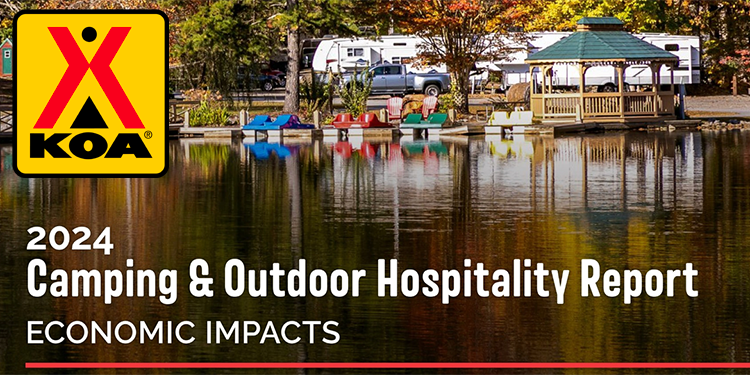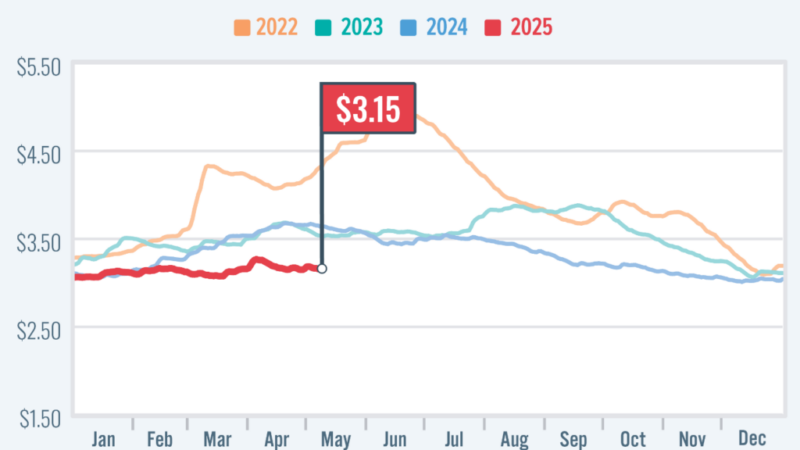KOA Report: Camping, Outdoor Hospitality Help Shape Economy – RVBusiness – Breaking RV Industry News

BILLINGS, Mont. – Kampgrounds of America, Inc. (KOA) on Nov. 14 released its Economic Impact report as a part of the annual Camping and Outdoor Hospitality Report series. This report, the tenth and final report in the series, dives into the economic impact of camping, from benefits to barriers. It shows that spending habits paired with desired experiences from outdoor enthusiasts generate many benefits to local economies, including supporting small businesses, increasing taxable revenue, and supporting job growth.
By continuing to innovate and adapt to changing consumer preferences, the outdoor hospitality industry is not only strengthening its economic position but also playing a vital role in connecting people with nature. As the sector grows, it has the potential to create lasting positive impacts on both the environment and the local economies. While the industry has grown substantially in the past decade, there are still barriers to camp, the topmost being weather, knowledge of the outdoors and financial security.
“Campgrounds across North America are key partners in their communities, driving visitation and strengthening local economies,” said KOA President and CEO, Toby O’Rourke. “Not only is camping growing, but our report finds that campers feel camping is an affordable option to travel. This is especially relevant today when people overwhelmingly are concerned about the economy.”
Key report findings
- This past year, campers increased their average daily spend by $28 per person, spending $156 per person, per day. This amount increases by camper, with glampers and families spending more.
- It is estimated that campers spent about $49 billion in local communities during their trips.
- The future looks bright. Eight-in-10 campers suggest that they plan to either increase or keep their camping trips consistent. Not only are more people experiencing the outdoors, but they are spending more days outside. The number of active camping households that camp three or more times annually has increased by 98% since 2014.
To view the full 2024 Economic Impact report, visit http://koa.uberflip.com/i/1529238-2024-koa-c-oh-economic-impacts/0?. The Camping & Outdoor Hospitality series of reports are available at KOAPressroom.com.
SURVEY METHODOLOGY
The results of the most recent iteration of the North American Camping and Outdoor Hospitality Report are based on a total of 4,100 surveys completed among a random sample of U.S. (n=2,900) and Canadian (n=1,200) households. Within the U.S. sample of households, results are stratified by Census Region: Northeast (n=725), Midwest (n=725), South (n=725) and West (n=725). Overall, a sample of n=2,900 U.S. households is associated with a margin of error of +/- 1.82 percentage points, while a sample of n=1,200 Canadian households is associated with a margin of error of 2.83 percentage points. All surveys were completed only via an outbound solicitation sent to a randomly selected cross-section of U.S. and Canadian households. In order to calculate overall incidence, the sample of respondents was statistically balanced to ensure that the results are in line with overall population figures for age, gender and ethnicity. Some results may not add to 100 percent due to rounding.






